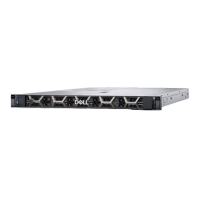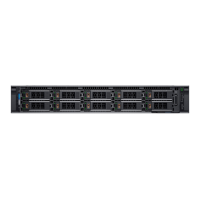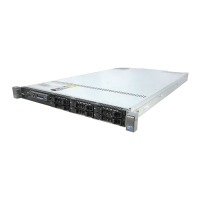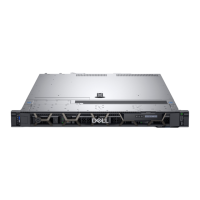Table 64. System Security details(continued)
Option Description
SMM Security Mitigation Enables or disables the UEFI SMM security mitigation protections. It is set to Disabled
by default.
Secure Boot Enables Secure Boot, where the BIOS authenticates each pre-boot image by using the
certificates in the Secure Boot Policy. Secure Boot is set to Disabled by default.
Secure Boot Policy When Secure Boot policy is set to Standard, the BIOS uses the system manufacturer’s
key and certificates to authenticate pre-boot images. When Secure Boot policy is set to
Custom, the BIOS uses the user-defined key and certificates. Secure Boot policy is set
to Standard by default.
Secure Boot Mode Configures how the BIOS uses the Secure Boot Policy Objects (PK, KEK, db, dbx).
If the current mode is set to Deployed Mode, the available options are User Mode and
Deployed Mode. If the current mode is set to User Mode, the available options are
User Mode, Audit Mode, and Deployed Mode.
Below are the details of different boot modes available in the Secure Boot Mode
option.
User Mode In User Mode, PK must be installed, and BIOS performs
signature verification on programmatic attempts to update
policy objects. The BIOS allows unauthenticated programmatic
transitions between modes.
Audit mode In Audit Mode, PK is not present. BIOS does not authenticate
programmatic update to the policy objects and transitions
between modes. The BIOS performs a signature verification on
pre-boot images and logs the results in the image Execution
Information Table, but executes the images whether they pass
or fail verification. Audit Mode is useful for programmatic
determination of a working set of policy objects.
Deployed Mode Deployed Mode is the most secure mode. In Deployed Mode,
PK must be installed and the BIOS performs signature verification
on programmatic attempts to update policy objects. Deployed
Mode restricts the programmatic mode transitions.
Secure Boot Policy Summary Specifies the list of certificates and hashes that secure boot uses to authenticate
images.
Secure Boot Custom Policy
Settings
Configures the Secure Boot Custom Policy. To enable this option, set the Secure Boot
Policy to Custom option.
Creating a system and setup password
Prerequisites
Ensure that the password jumper is enabled. The password jumper enables or disables the system password and setup password
features. For more information, see the System board jumper settings section.
NOTE:
If the password jumper setting is disabled, the existing system password and setup password are deleted and you
need not provide the system password to boot the system.
Steps
1. To enter System Setup, press F2 immediately after turning on or rebooting your system.
2. On the System Setup Main Menu screen, click System BIOS > System Security.
3. On the System Security screen, verify that Password Status is set to Unlocked.
4. In the System Password field, type your system password, and press Enter or Tab.
Use the following guidelines to assign the system password:
● A password can have up to 32 characters.
Pre-operating system management applications
65

